The Ultimate Guide to Choose the Right Walking Devices for Adults
Navigating life with mobility challenges can be daunting. Choosing the right walking device is crucial for maintaining independence and quality of life. This comprehensive guide will help you make informed decisions.
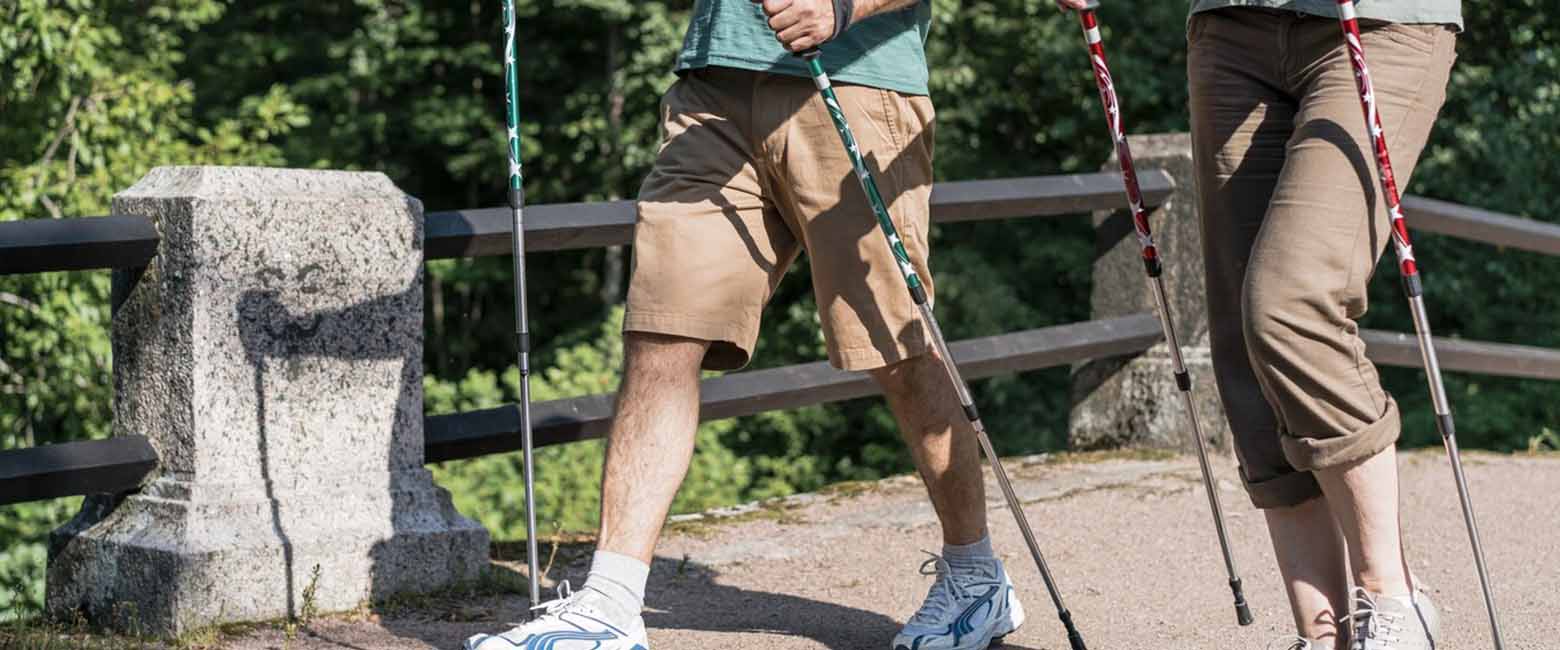
As we age, maintaining mobility becomes increasingly important. Walking devices can provide essential support and help individuals maintain their independence and quality of life. With a wide range of options available, choosing the right walking device can be overwhelming. This guide will help you make an informed decision.
Understanding Your Needs
Before selecting a walking device, it's crucial to assess your specific needs. Consider the following factors:
Level of Support: Do you need minimal support for balance or maximum support for weight-bearing?
Mobility Level: Are you able to walk short distances independently or do you require assistance for longer distances?
Physical Condition: Any underlying health conditions, such as arthritis or weak muscles, can influence your choice.
Popular Walking Devices
Cane:
Best for: Mild balance issues or temporary support.
Types: Straight cane, quad cane, and folding cane.
Benefits: Lightweight, portable, and easy to use.
Walker:
Best for: Individuals who need more stability and support.
Types: Standard walker, rollator walker, and folding walker.
Benefits: Provides stability, can be used indoors and outdoors, and some models have seats and baskets for convenience.
Crutches:
Best for: Temporary support after injuries or surgeries.
Types: Axillary crutches and forearm crutches.
Benefits: Provide stability and allow for weight-bearing reduction.
Tips for Choosing the Right Walking Device
Consult with a Healthcare Professional: A doctor or physical therapist can assess your needs and recommend the most suitable device.
Try Before You Buy: Test different devices to find the one that fits comfortably and provides adequate support.
Consider Weight Capacity: Ensure the device can support your weight.
Check for Adjustability: Look for adjustable features to accommodate your changing needs.
Prioritize Comfort: Choose a device with comfortable handles and padding.
Safety First: Ensure the device has sturdy construction and non-slip grips.
Additional Tips for Safe and Effective Use:
Proper Posture: Maintain good posture while using the device.
Regular Maintenance: Check for wear and tear and replace any damaged parts.
Seek Professional Guidance: A physical therapist can provide training on proper usage and techniques.
By carefully considering your needs and following these tips, you can choose the right walking device to enhance your mobility and improve your overall quality of life.
Remember, it's important to consult with a healthcare professional before making 1 a final decision.
1. casadesante.com
casadesante.com
For more information on walking devices and mobility aids, you can check out these resources:
National Institute on Aging: https://www.nia.nih.gov/
American Physical Therapy Association: https://www.apta.org/
By utilizing these resources and following the advice provided in this guide, you can make informed decisions about your mobility needs and improve your quality of life.
Related
-
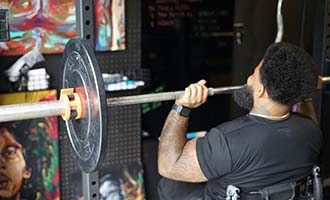
Physiotherapy tips for home
-

Understanding the Benefits of In-Home Elder Care for Loved Ones
-

Benefits of Hiring a Companion for Elderly Care in Mumbai
-

Rolling Towards Peace
-
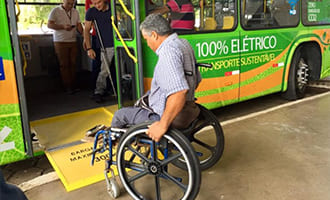
How to Choose Reliable Mobility Services at Home in Mumbai
-

Fashion Forward: Style Tips for People with Limited Mobility
-

How to Help People with Disabilities: A Guide to Inclusive Practices
-

Wheels of Support
-

The Role of Hydration in Health and Wellness
-
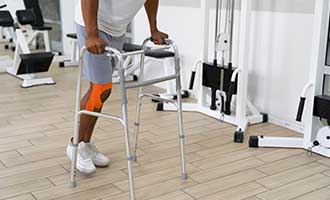
Adaptive Fitness: Exercise Tips for Individuals with Limited Mobility
-

Dating with a Disability: Navigating Love, Relationships, and Mobility Challenges
-

Stay in shape with Yoga
-

Rollin' in the Greens.
-

Breathing right can change your life
-

The power of Pilates
-

Why Routine Health Check-Ups Matter for Wheelchair Users
-

The Importance of Wheelchair Assistance for the Elderly
-

Top Qualities to Look for in Elderly Carers in Mumbai
-

Get in the game
-

Focus your mind to stay healthy
-

Finding the Perfect Health Service Provider: Tips for Elderly Care
-

Understanding Spina Bifida: Symptoms, Types, and Early Detection
-
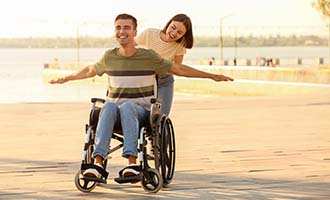
Beginners, chair cardio is the way to go!
-
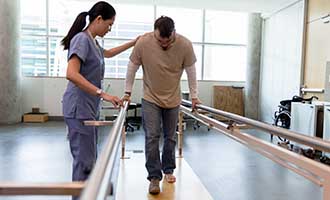
Tips to Choose the Right Physical Therapist for Your Needs
-
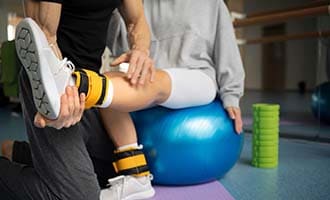
Top Benefits of Visiting a Physical Therapy Clinic
-

Enhancing Sleep Quality for Wheelchair Users









